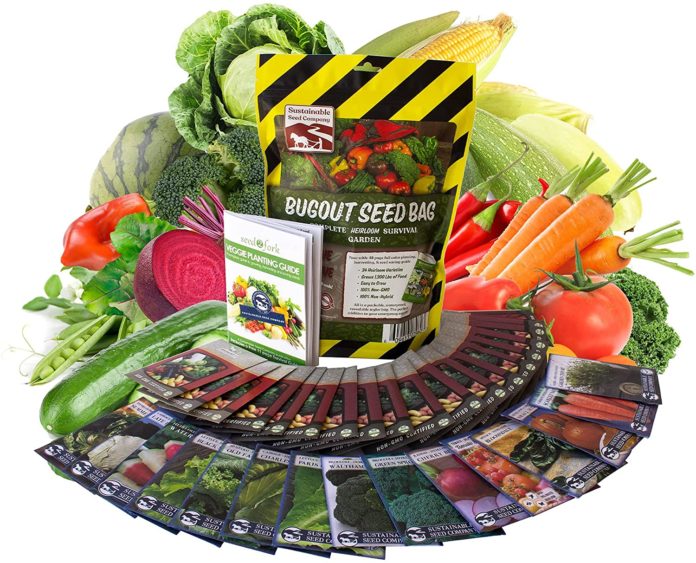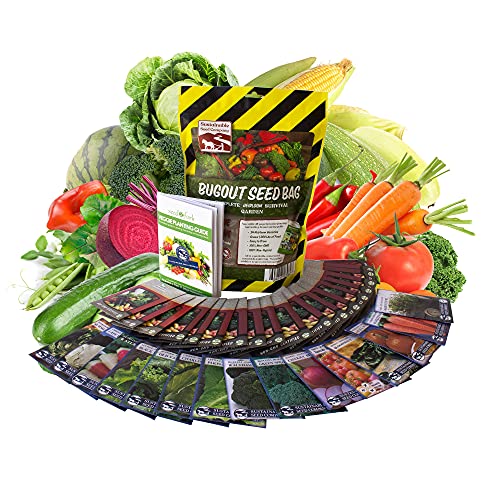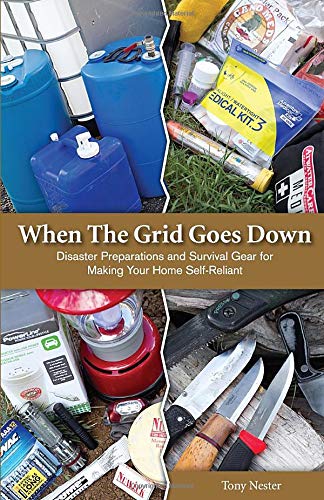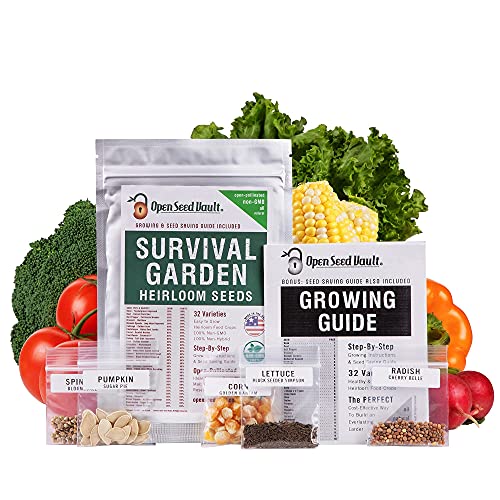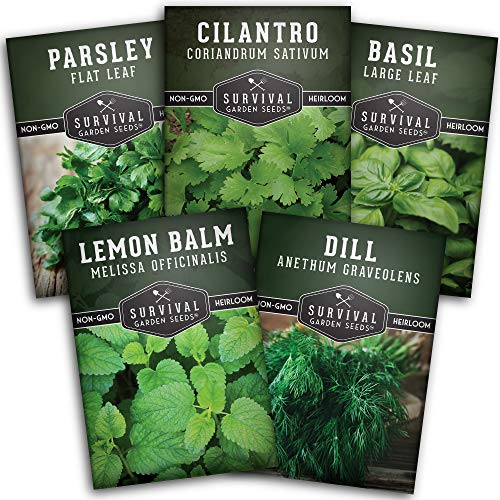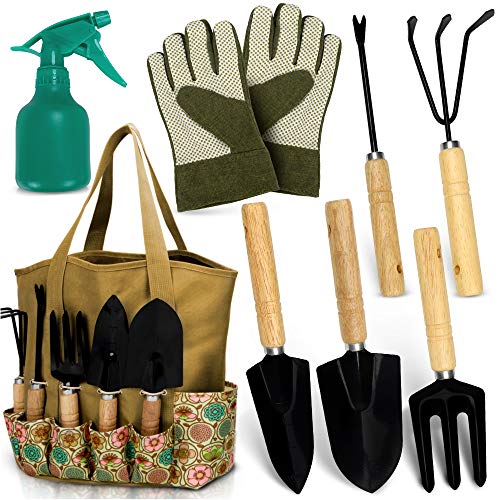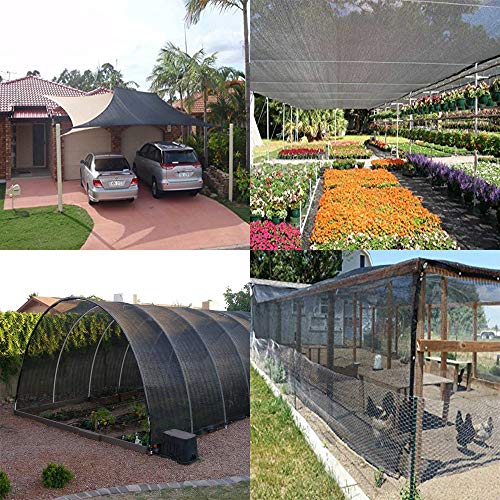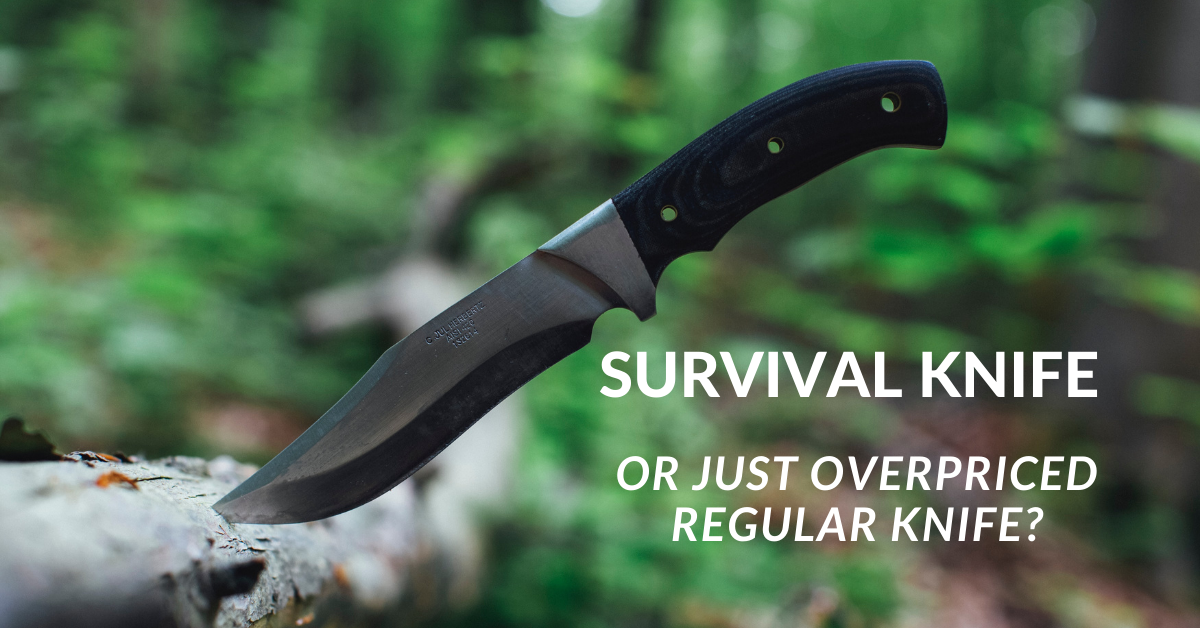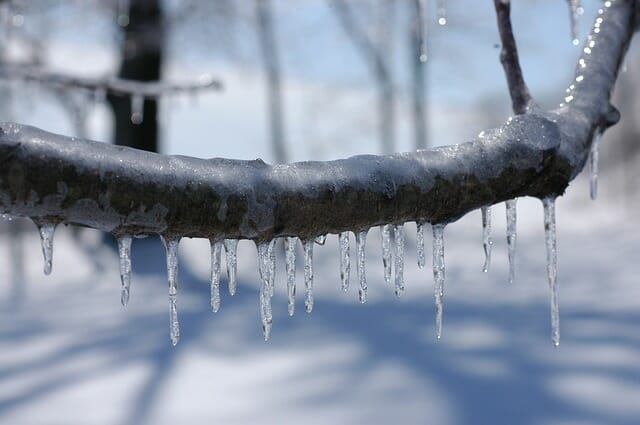How many of us could have predicted the unprecedented disruption caused by the COVID-19 pandemic? There is no telling if this pandemic will evolve into something more dangerous or if there will be other pandemics in the future. One of the results of such pandemics is that government has to enforce lockdowns and restrictions that can result in serious disruptions of food supply.
It might be difficult or impossible to predict such pandemics, but it is possible to prepare for such situations. The goal of the preparation should be to equip yourself with everything you would to survive the pandemic. If there is a food shortage, you need to be self-reliant, and one of the best ways to have a sustainable food source at home is by growing a survival garden. This will reduce your reliance on convenience store produce, and being hands-on with growing your garden will increase your survival knowledge and tactics.
What is a Survival Garden?
When you think of a typical house garden, you probably imagine a beautifully landscaped garden with neatly cut grass, colorful flowers, and exotic trees. A survival garden is more important. It is designed to yield enough crops for you and your family to survive lockdowns and food shortages caused by a pandemic or other types of extreme situations.
Buy Non-GMO Heirloom Vegetable Seeds for Your Survival Garden
The size of the survival garden will depend on the needs of your family. The size should be large enough that your family is not only able to survive but have enough food to live comfortably for an extended period of time. An added advantage is that you would access high quality, organic, and fresh produce, likely to be much more superior to typical store-bought food.
If you think creating a survival garden is too much work and not worth the effort, just think of the importance of having a sustainable food source for you and your family when there is no food available in the market. The survival of you and your family will depend on this garden so a little planning and effort should be worth it.
How To Create a Survival Garden?
Gardening experience can help create a survival garden but if you are not experienced, there is no reason that you cannot learn to create and sustain a survival garden through proper knowledge and some practice. Whether you are experienced or not, it is better to start with a small survival garden and then gradually grow it.
As a first step, you need to plan what type of crops you want to plant, what tools you will need to succeed, and how many daily calories will your family every day comfortably survive the pandemic. The size of small available to you to create a survival garden might be a limiting factor, so it is better to plan on what the finished survival garden will look like and how to get the best yield from the space you have.
Purchase This Survival Guide for Ultimate Self-Reliance Tips
The initial layout of the survival garden should allow you to leave enough space to expand the garden in the future. It is also better to divide the survival garden into small separate segments so that if one segment suffers from crop disease or insect damage it does not affect the other segments. The layout should allow for easy access to water and sunlight.
Type of Seeds
In choosing the type of seeds to plant, it is wise to go with a variety of different seeds. The Survival Garden 15,000 Non-GMO Seeds Variety Pack sold on Amazon is a good choice for high-quality vegetable weeds. Each pack of this product contains 32 varieties of vegetable seeds including lettuce, cabbage, eggplant, spinach, and more.
Buy a Survival Garden Variety Seeds Pack Here
To add more diversity to the survival garden, you should also think about growing fruit, herbs, and weeds. You just need to make sure the type of seeds you plant are meant to survive the environmental conditions that you live in.
Do some research on what type of crops can be grown in the region you live in. You also need to consider what you and your family like to eat. It might be wise to plant the crops that you normally buy from the grocery store. If you have kids, try to involve them in the gardening processes as they are more likely to enjoy eating the crops that they have planted themselves.
Start with crops that are easy to grow such as potatoes, sunflowers, lettuce, peas, and carrots. You might also want to consider growing perennials as they are low-maintenance. The most common perennials include asparagus and blueberries. Grow herbs that you already use in cooking food. The most commonly used herbs include basil, lemon balm, chamomile, and chives, but go with your personal preferences for herbs. Once the herbs are ready to be harvested, you can dry and grind them to store as spices.
Purchase this Non-GMO Survival Garden Seeds Herb Collection Seed Vault
When deciding on the type of seeds to plant, make sure to cover the nutritional requirements of your family. If your family has to survive on these crops for an extended period of time, they would need a balanced diet containing fats, carbohydrates, and protein. For the best source of fats that can grow in the garden, you can consider planting hemp seeds, flax seeds, and sunflower seeds. Other plant-based fats such as nuts will require much more time to grow.
There should not be an issue in having enough carbohydrates as most vegetables are rich in carbs. You will need to work harder for a source of plant-based protein. Fava beans, broccoli, artichokes, and spinach are your best sources of plant-based protein.
Tools and Equipment
To plant the seeds and to do other garden work, it is better to buy a garden toolset such as the Scuddles Garden Tool Set. Any basic garden toolset will include a shovel or spades to help with digging holes for planting. A pitchfork or rake for moving grass clipping, leaves, and other materials. Some garden tools kits also include saws other pruning tools.
Get a Scuddles Garden Tool Set Today
To keep your hands safe from any cuts, it is better to use gloves when doing any sort of gardening work. Most crops enjoy direct sunlight, but some plants require shade. If you are looking to install a garden shade cloth, consider buying the Asteroutdoor SunShade available on Amazon. This durable and easy-to-install product is available in different sizes.
Purchase Garden Shade Mesh Tarp Here
The best survival garden will be the one that is tailored according to the needs of you and your family. It will have the crops that are designed to grow in the type of environment that you live in. It will also have the right size to support the nutritional needs of your family.






